Credit Versio
CASE STUDY
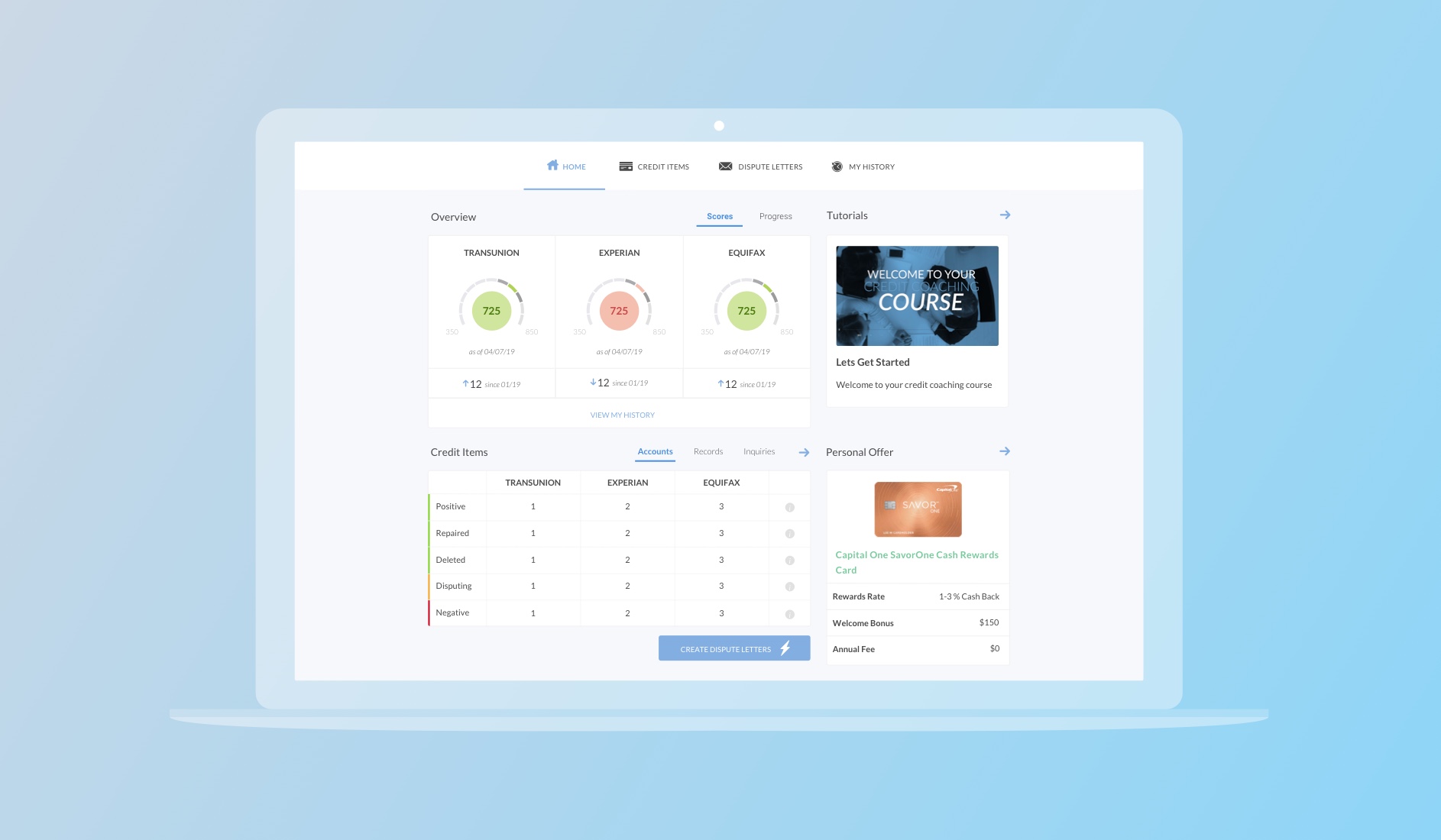
For better or worse, your credit score is a hugely important factor in your financial life. It may determine whether or not you get an apartment, a job, what rate you pay for insurance, or the interest rate you get on any type of loan. To put it personally, a credit score can determines your trustworthiness and reliability.
For those starting on the journey to better credit, the road ahead is littered with obstacles. The three bureaus that decide the credit score operate in a labyrinthine system littered with complex, technical jargon. Meanwhile the companies that offer credit improvement services charge exorbitant rates for navigating these - allegedly - difficult waters.
Credit Versio’s goal : to help users to improve their credits themselves - for a fraction of the cost.
TIME FRAME
2019 - 2021
ROLE
Principal Designer
PLATFORMS
Responsive Web
DISCIPLINES
UX research, Product Design, User Interviews, User Testing, Prototyping.
The Problem
There are a range of methods for improving your credit score - some small and others involving substantial changes in financial behavior. However, for those people looking for rapid-fire results, removing erroneous accounts from their credit reports is the way to go. Sadly, it’s not unusual for these mistakes to be present on a person’s credit report, and the fact that each error must be disputed individually, and that the 3 bureaus that create the reports (Experian, Equifax and Transunion) all work separately, means contesting errors is a laborious job. A job that credit repair companies are more than willing to take on for a handsome monthly sum.
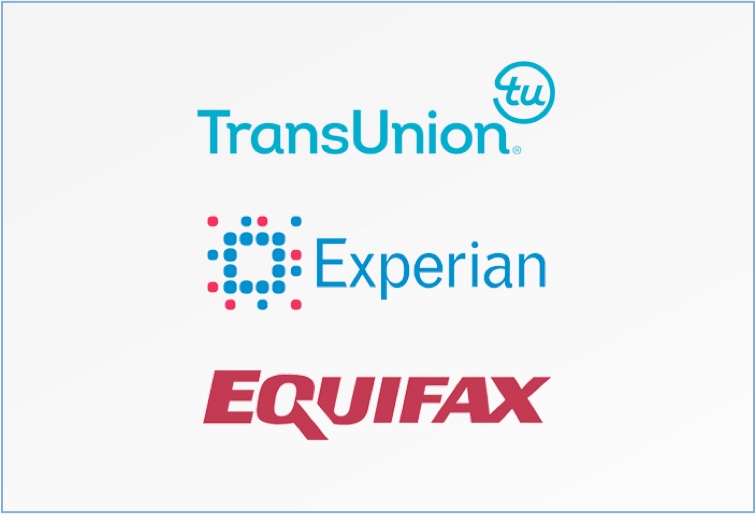
The key to our platform would be providing a way for the user to navigate this dispute process themselves, by creating the dispute letters that contest erroneous items on a credit report using our intuitive software.
Having worked with the client on another credit repair solution previously, I had a pretty extensive knowledge of the process of credit repair, the pain-points and needs of the users we would be working with and the technical constraints.
Despite the team being excited at the potential of this feature and eager to build it, we knew that further discovery was required before we pumped out an MVP. With a brand spanking new product, we would need to be aware of prevalent design and branding trends on popular consumer finance platforms. It would also be helpful to identify common interaction flows that might be incorporated into our design.
Discovery
COMPETITIVE ANALYSIS
I explored some of the most popular credit repair and financial improvement tools (including direct and indirect competitors), to identify the prevalent design patterns, monetization strategies and onboarding methods. This would help us not only to decide on an anaesthetic for the product, but how we could position the product to our customers in a way than differentiated our brand, and its voice, from mainstream credit repair companies. The activities I carried out included Feature Comparison, Market Positioning Analysis, Onboarding Reviews and Branding and Element Analysis.
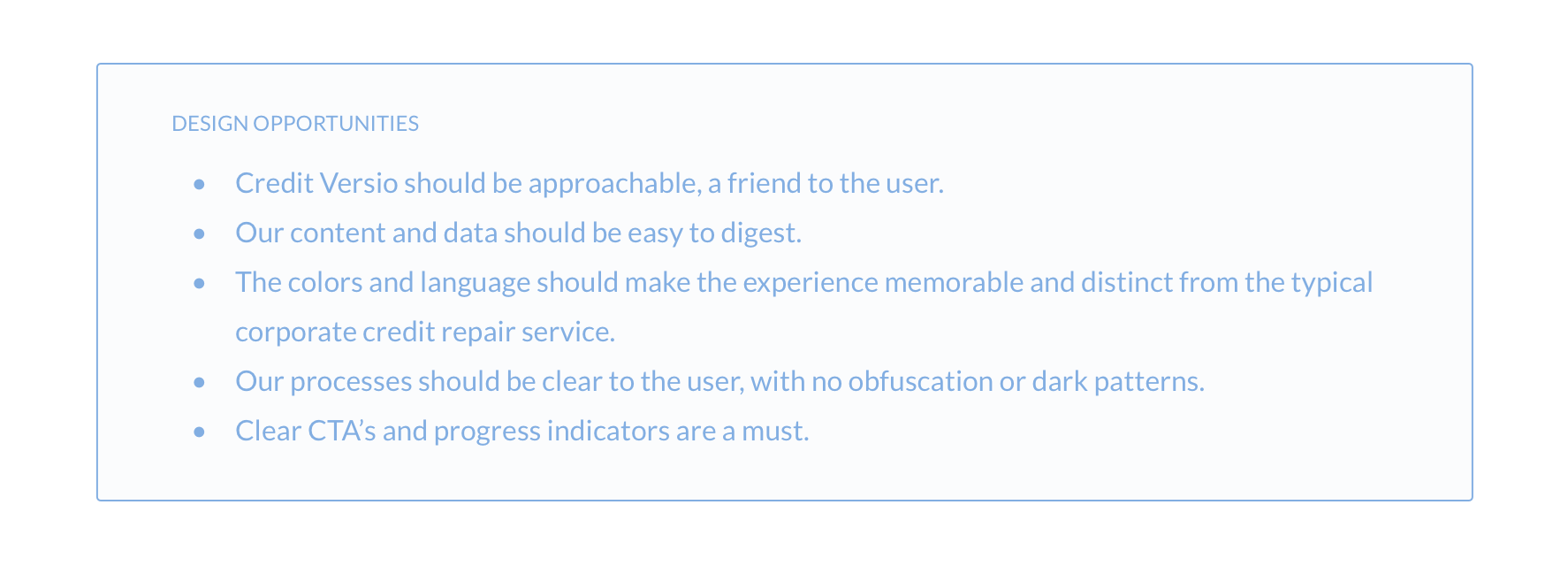
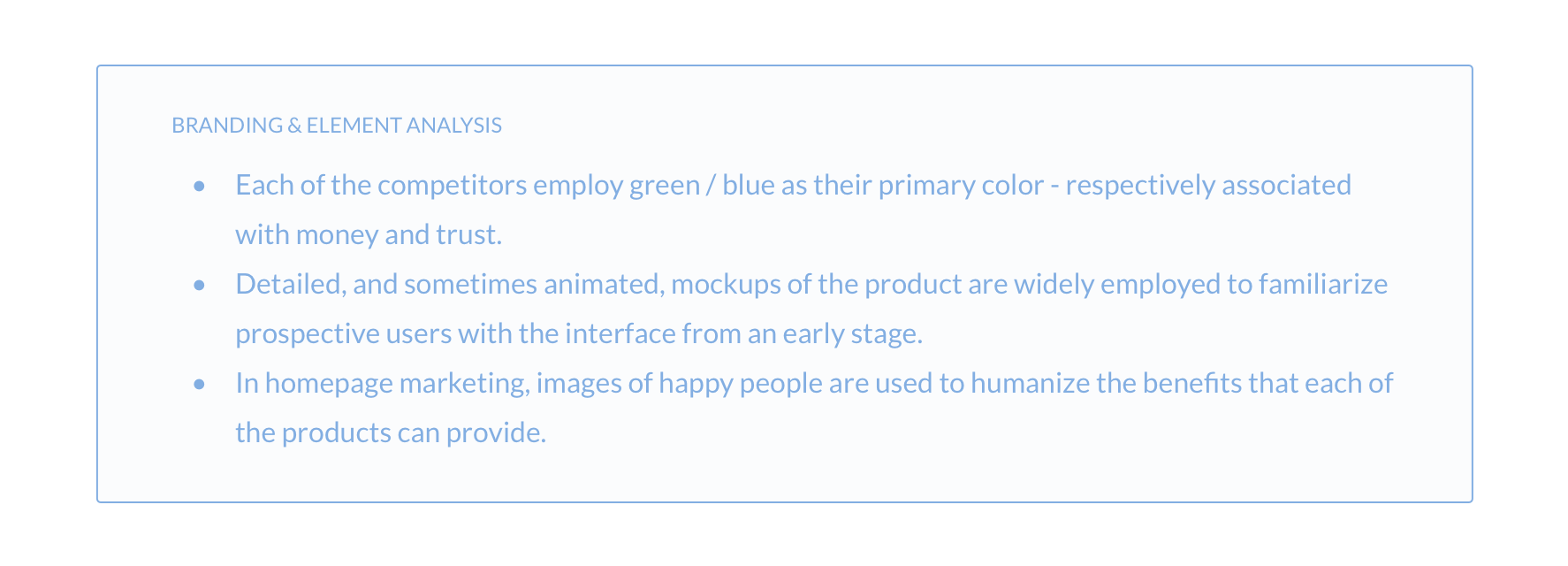
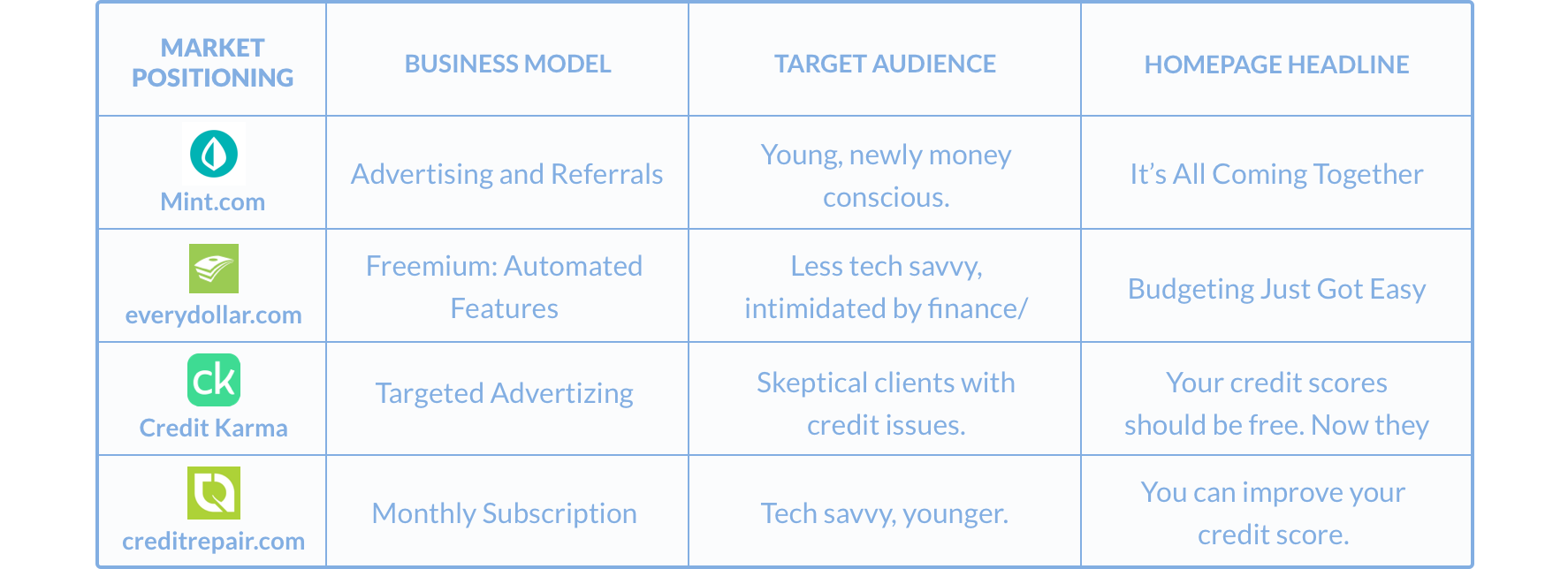
USER INTERVIEWS
While we were very excited at the potential of the DIY credit repair flow as a USP for Credit Versio, we needed to verify whether it was addressing a real pain point for our target audience. To this end, I organized 4 qualitative interviews with people looking to improve their credit. This would help us to understand their credit situation, their experiences and approaches to credit repair and whether we could complement (or replace) any of the tools they currently used.
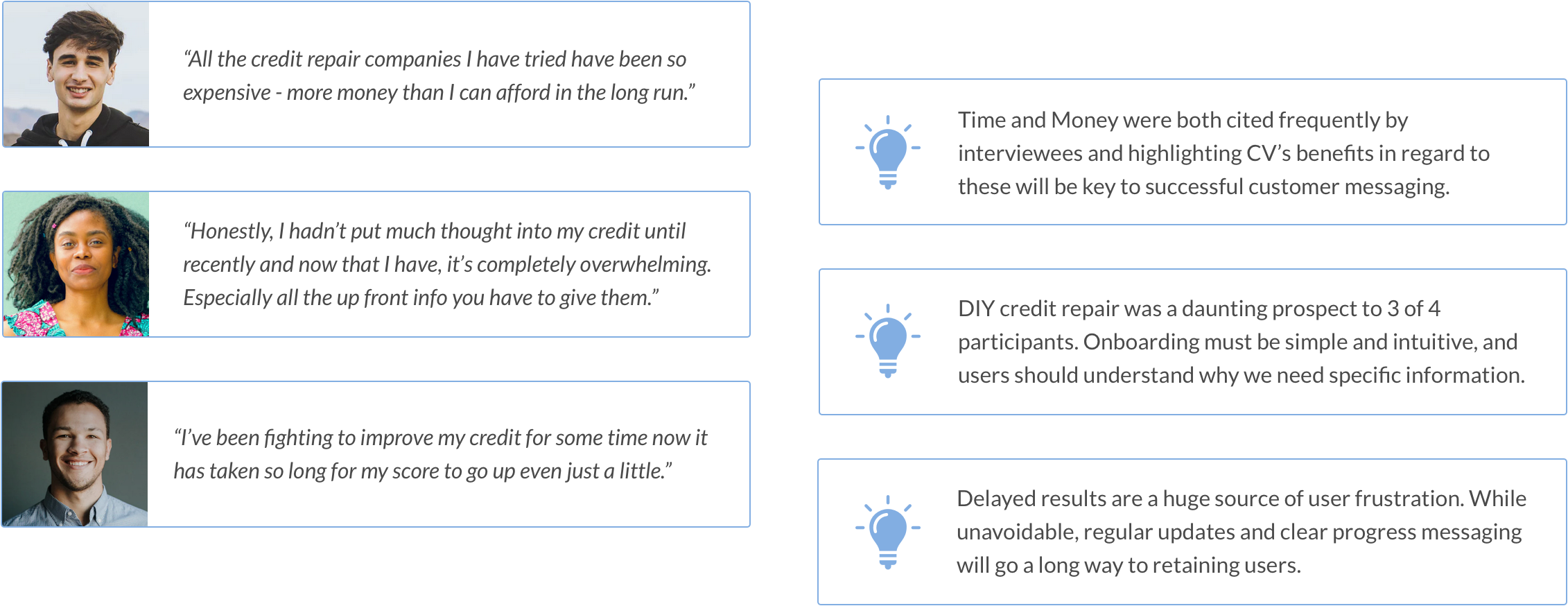
PERSONAS
Having dived into the credit repair world view of our target audience, we segmented their behaviors and pain-points to create two primary persona types. Faith - a credit repair first timer, and Chris - a student who has been working on their credit for a while, and knows a lot about the tools available. I used these personas constantly throughout the project to guide design decisions, priorities, and most importantly create empathy amongst the client and their team, who were eager to get the platform out the door.

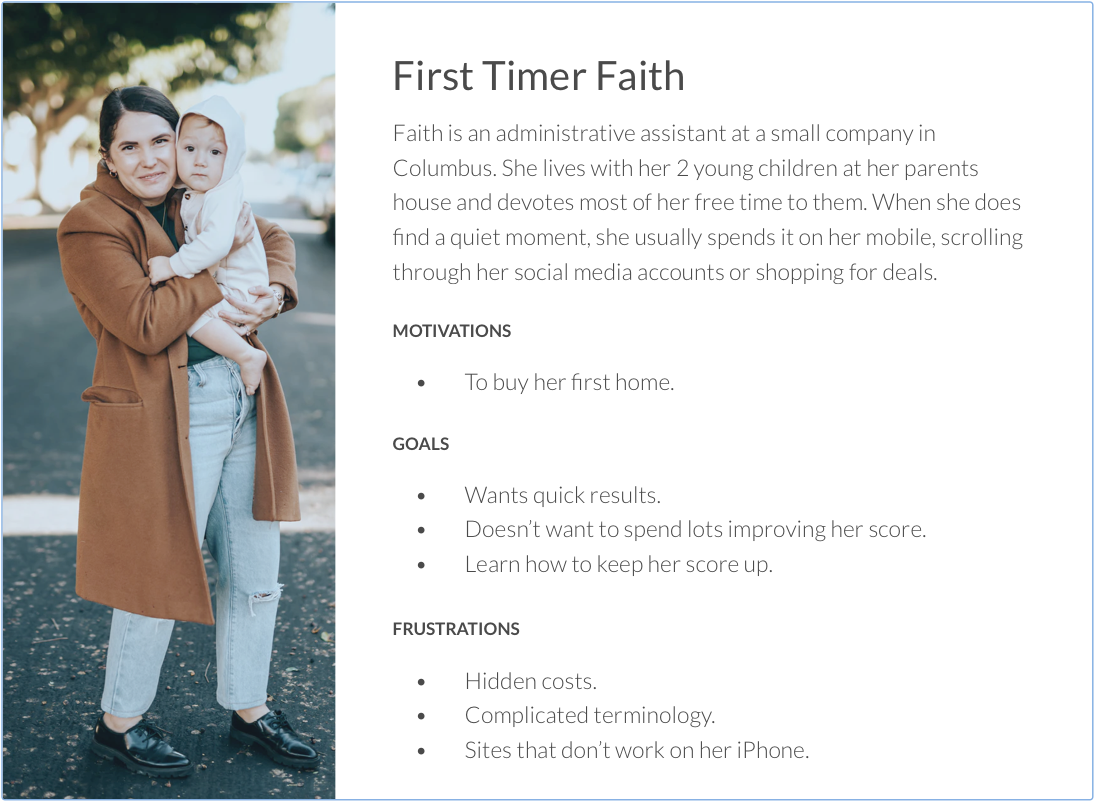
KEY USER FLOWS
Using our personas and research into their customer journey, it was clear that two key tasks that would define whether Credit Versio would succeed: Sign Up and Create a Dispute. The client and I focused on streamlining these two flows, before fleshing out the remainder of the product.

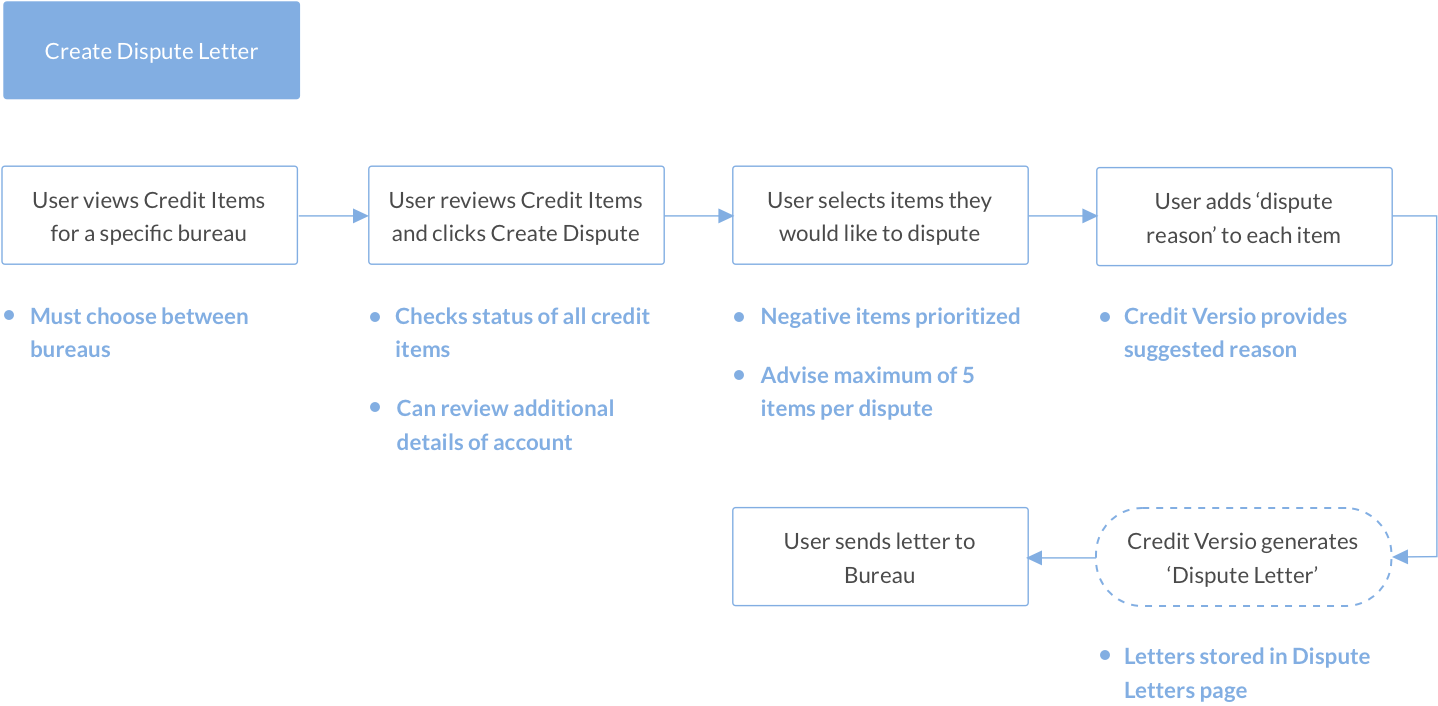
Ideation
To kick off the design we prioritized the key tasks outlined in the user flows. The credit dispute process would be the bread and butter - the reason users came to the site - it needed to wow users with its’ simplicity. An informative and distraction-free onboarding would be key to killing the bounce rate of potential new users. Finally the credit monitoring tools our audience had come to expect in any credit repair software would need to provide reassuring updates and notifications of the user’s progress.
I fleshed out these sketches into low fidelity mockups with which we conducted usability tests. Once we had confidence in the designs - I progressed to high-fidelity mockups which included some of the additional features that our users would need in the journey to sky-high credit scores.
ONBOARDING
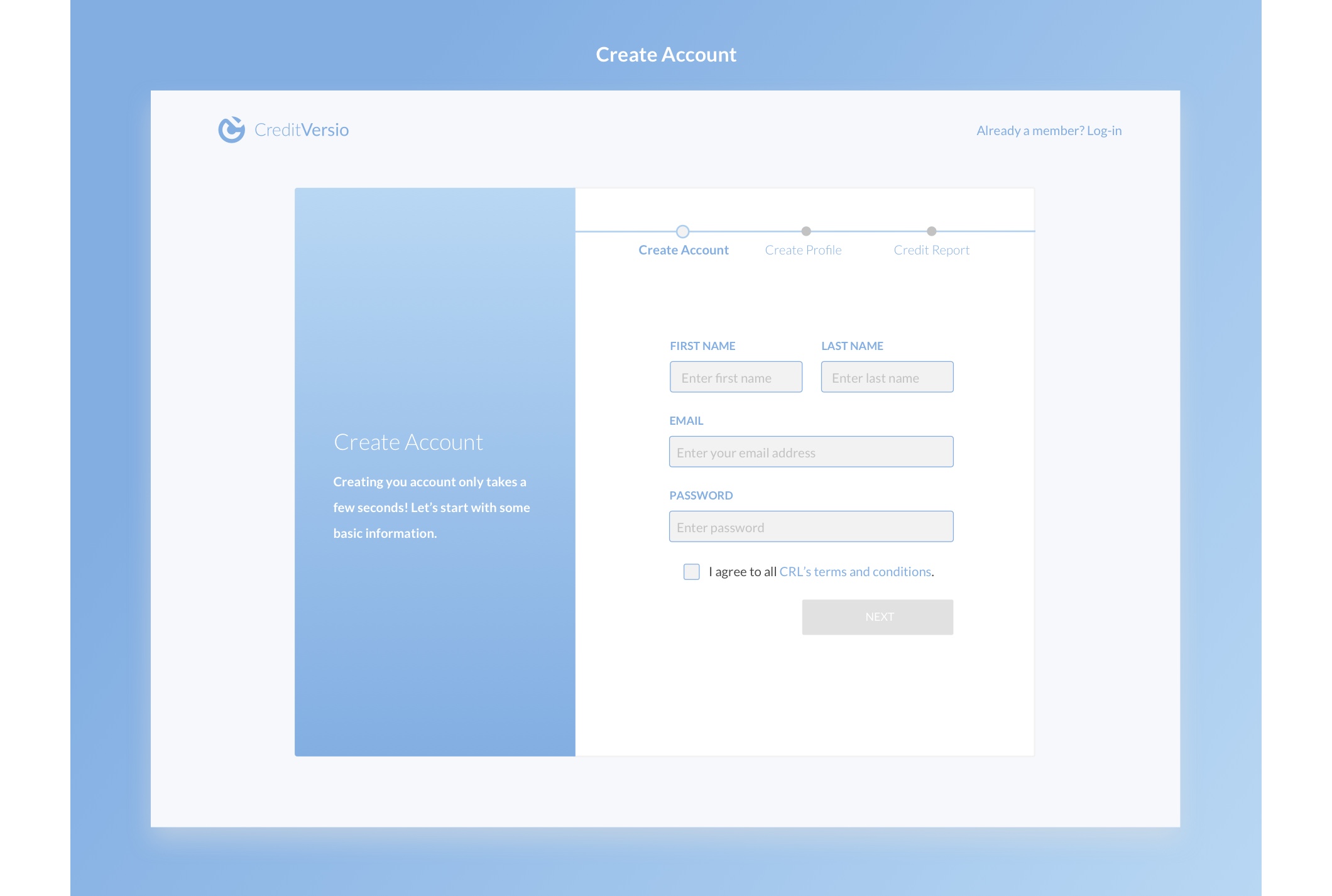
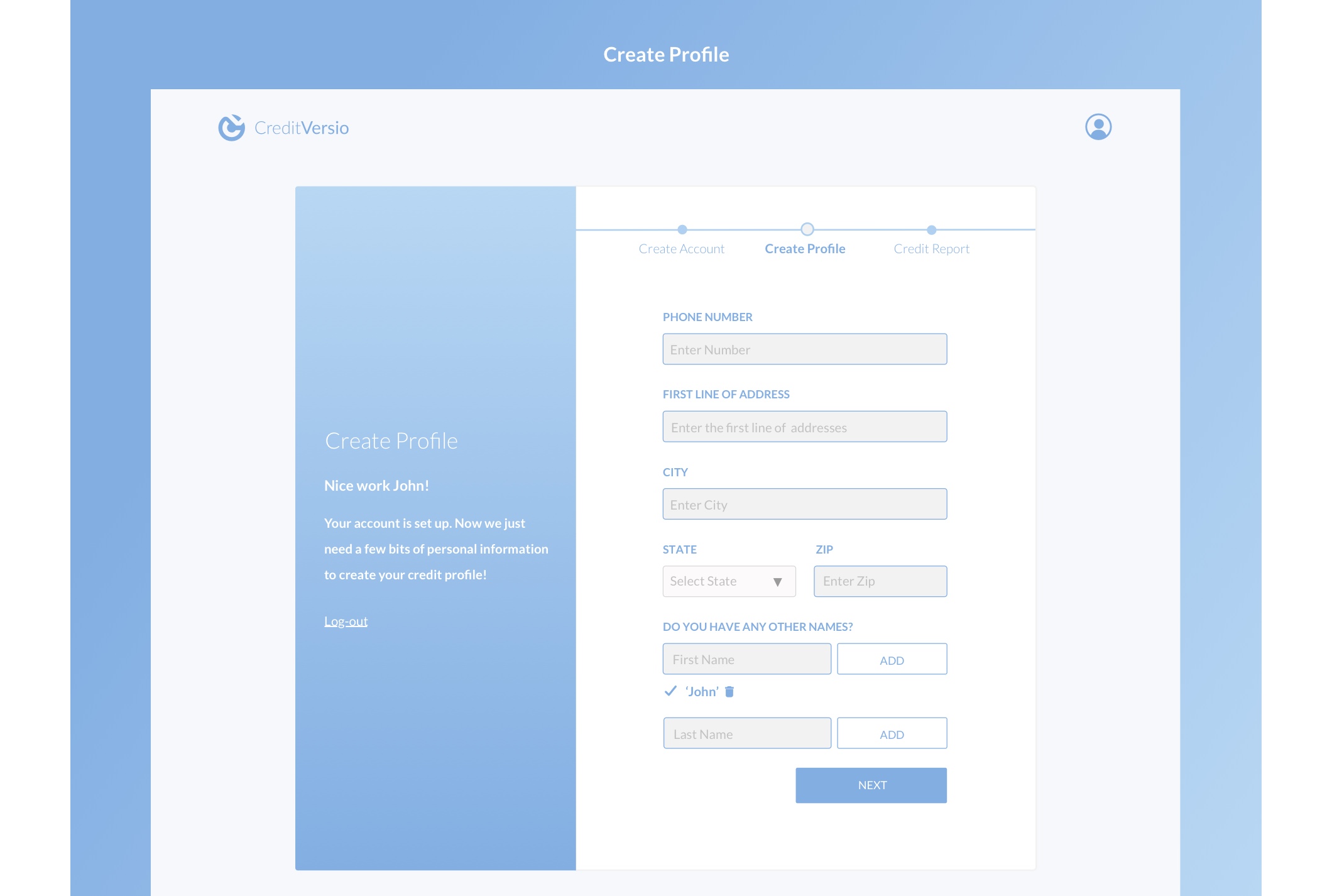
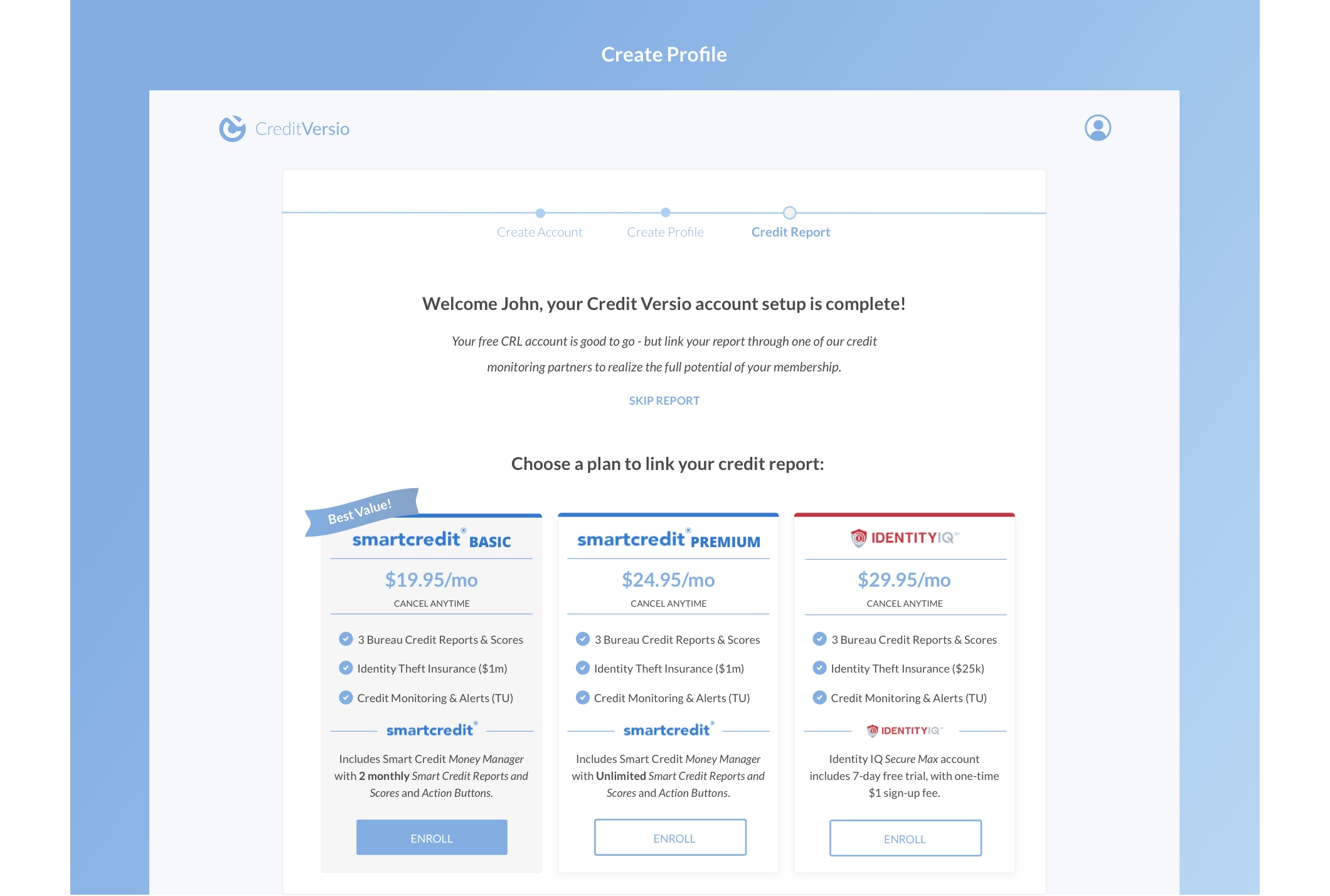
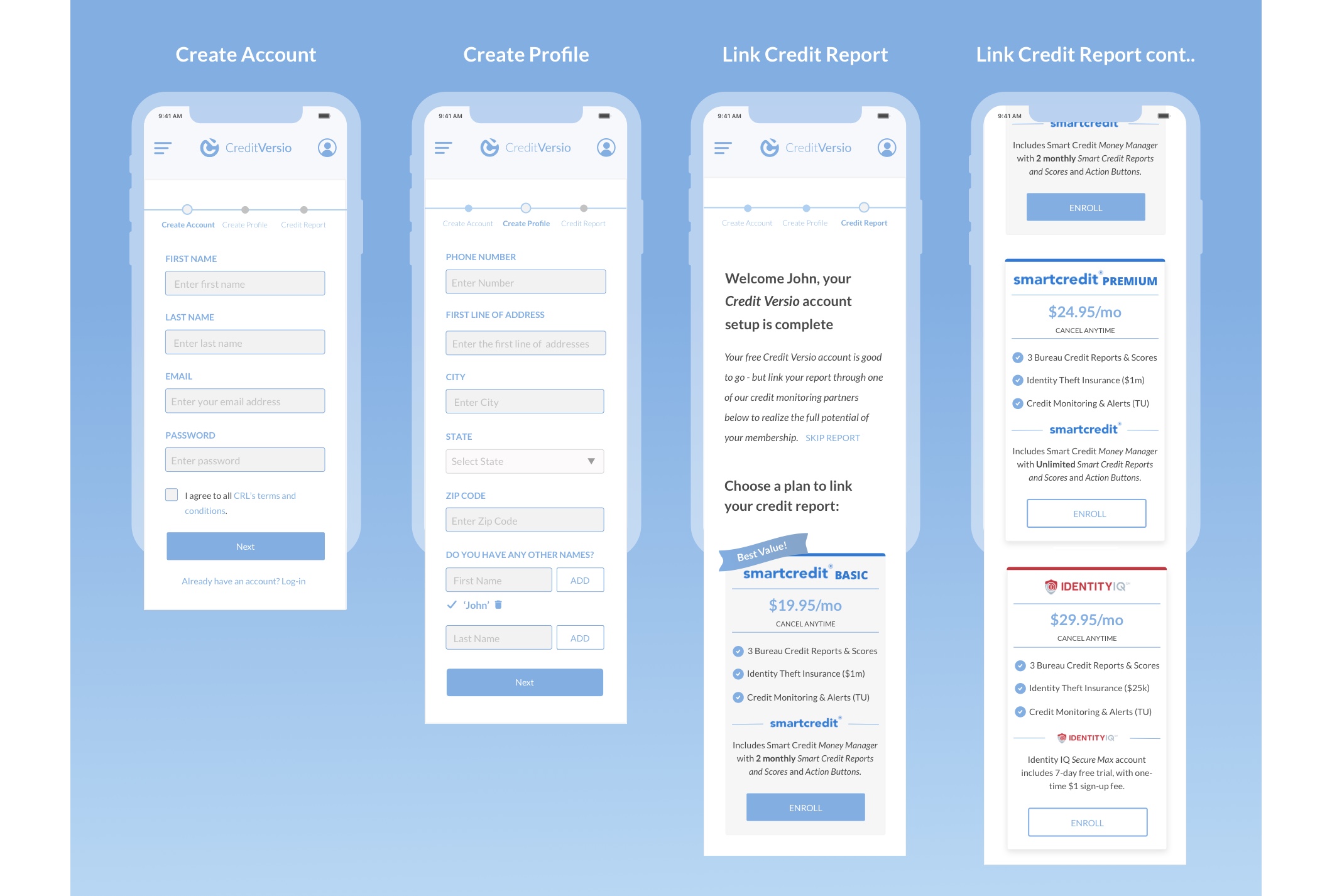
CREATE A DISPUTE
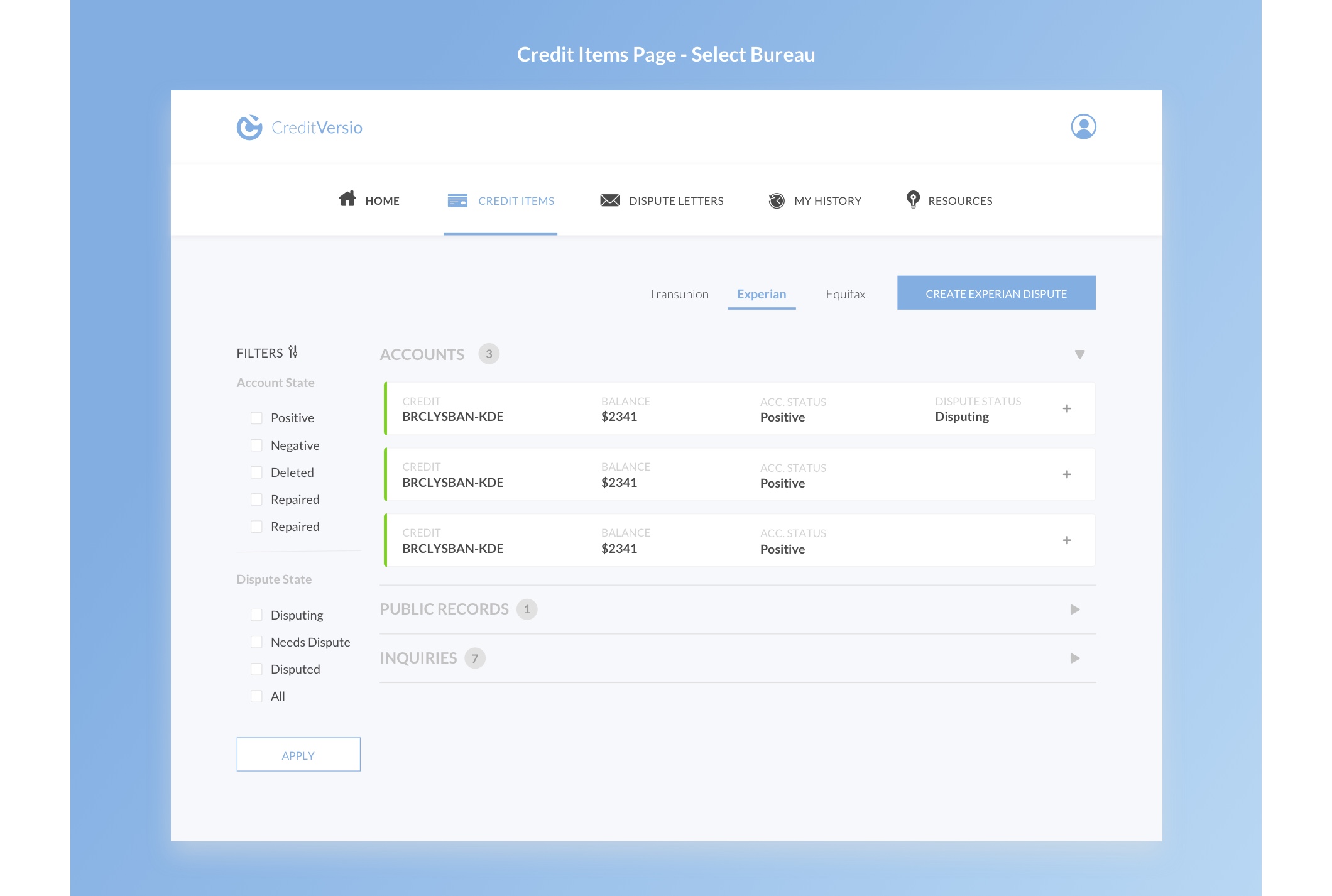
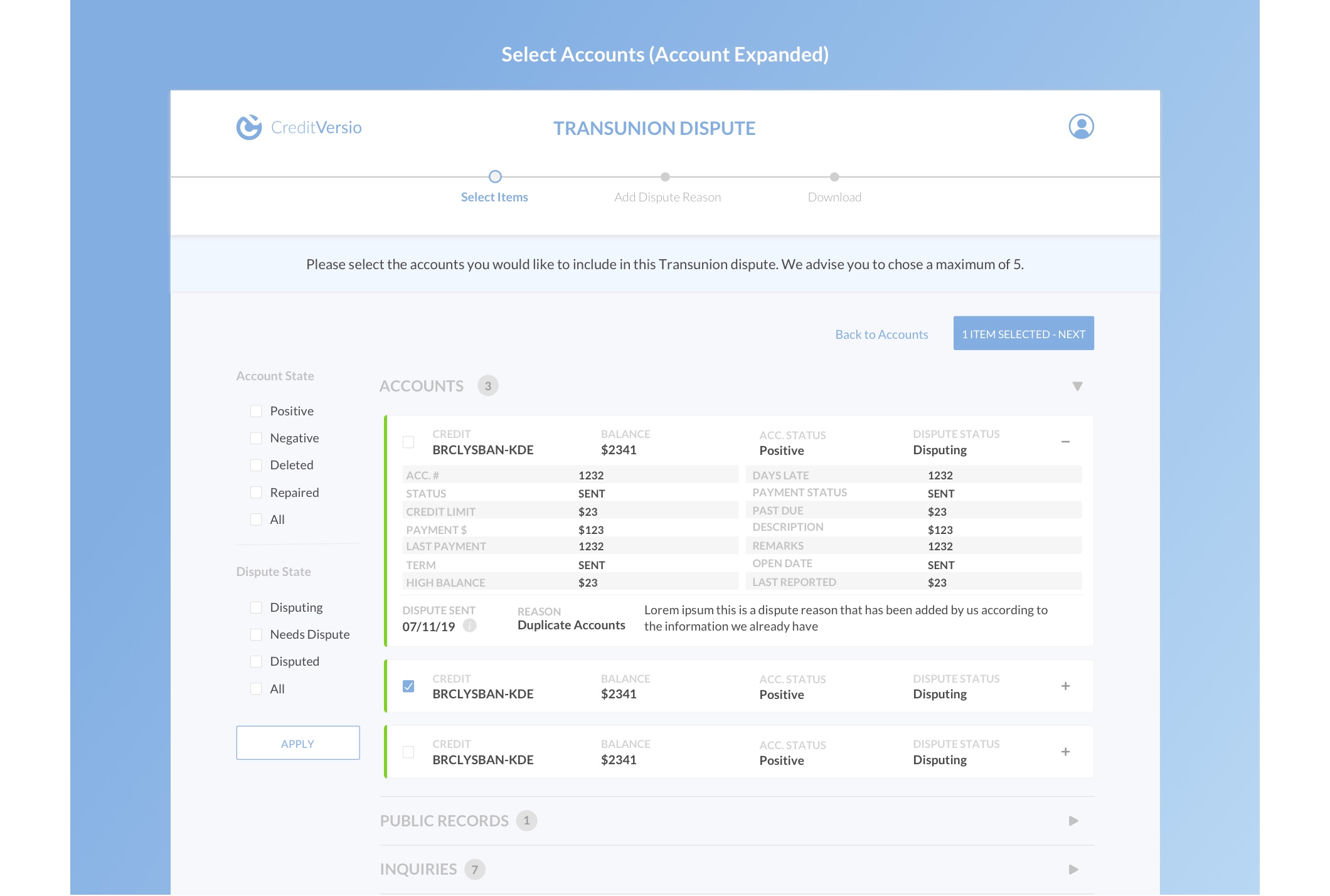
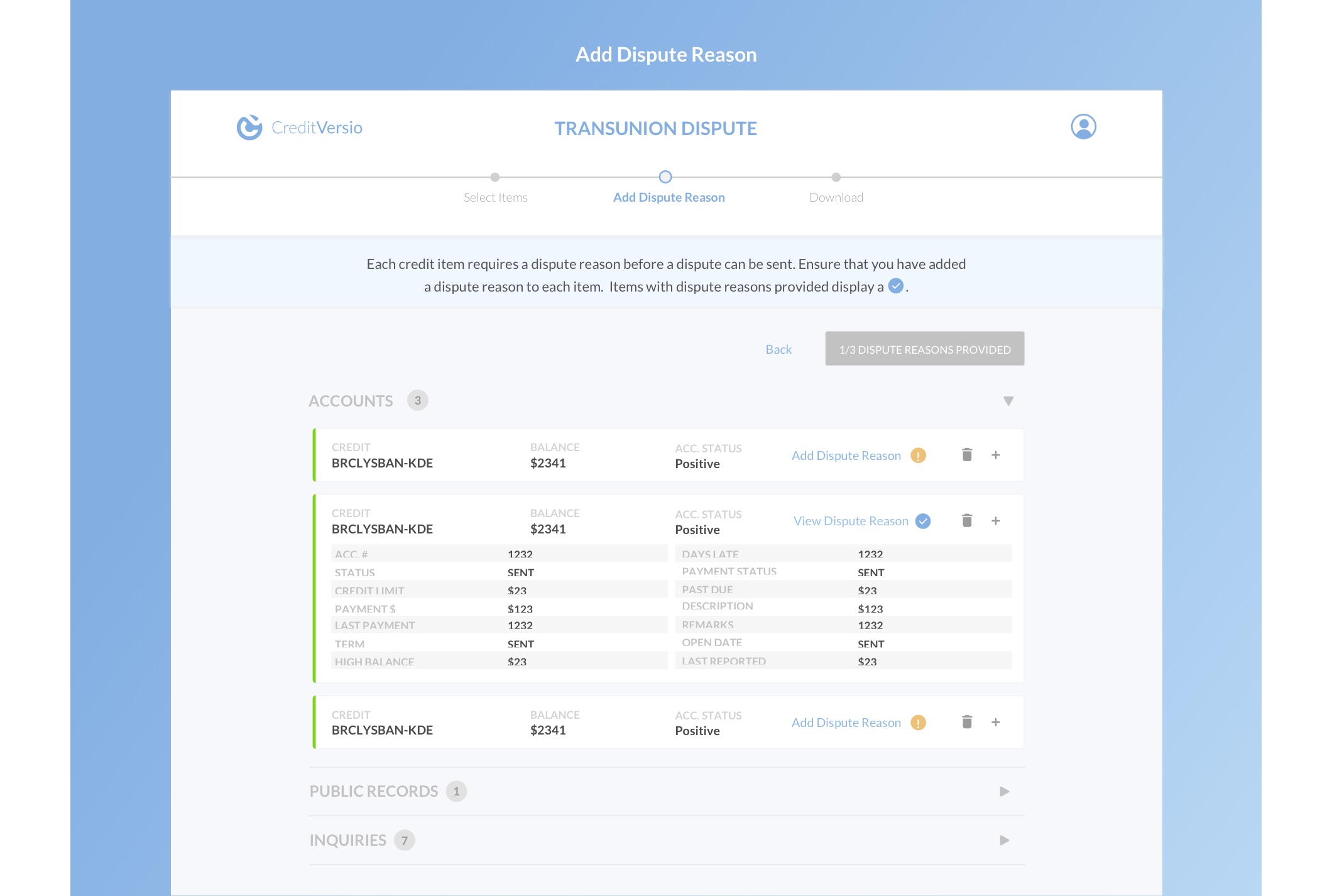
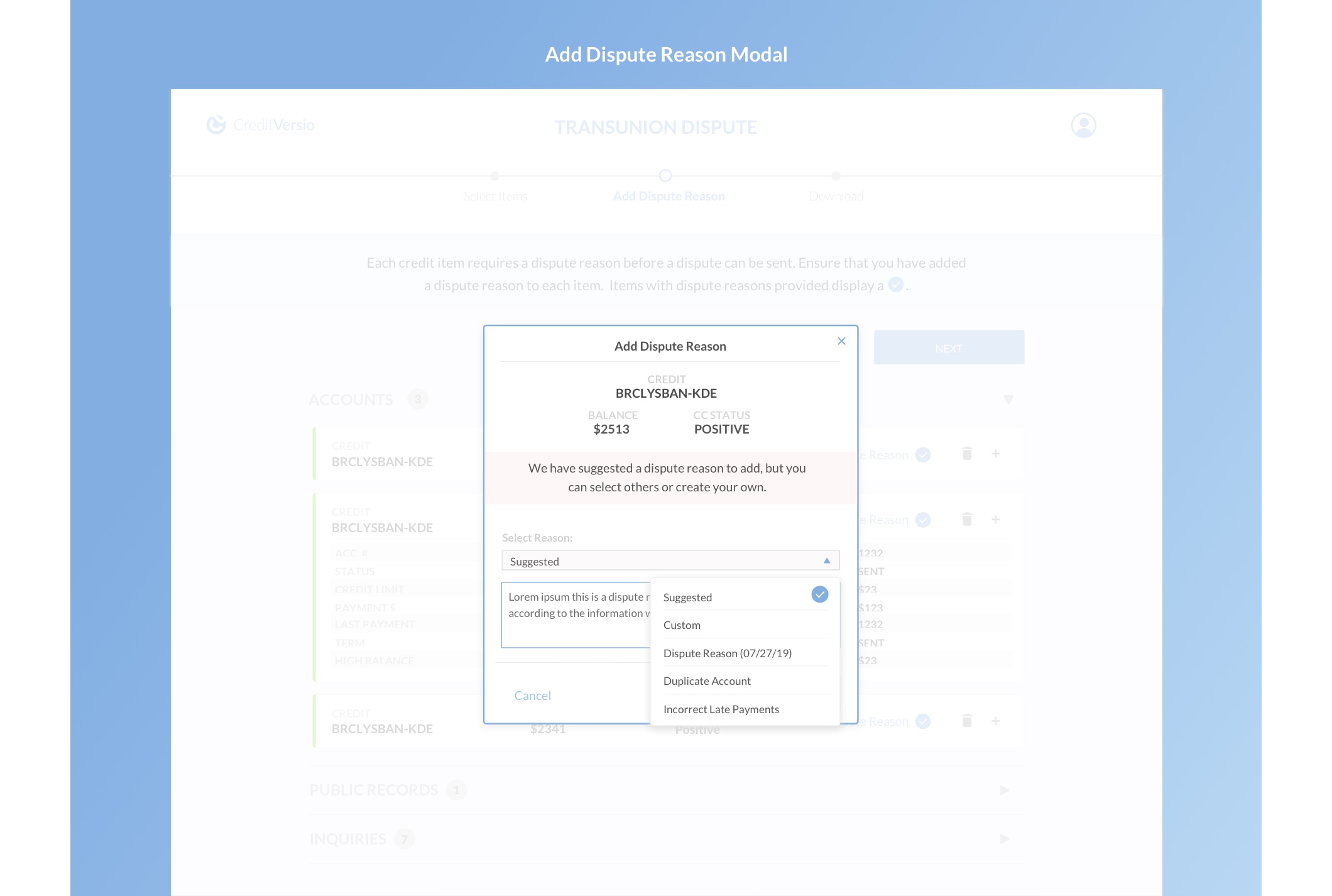
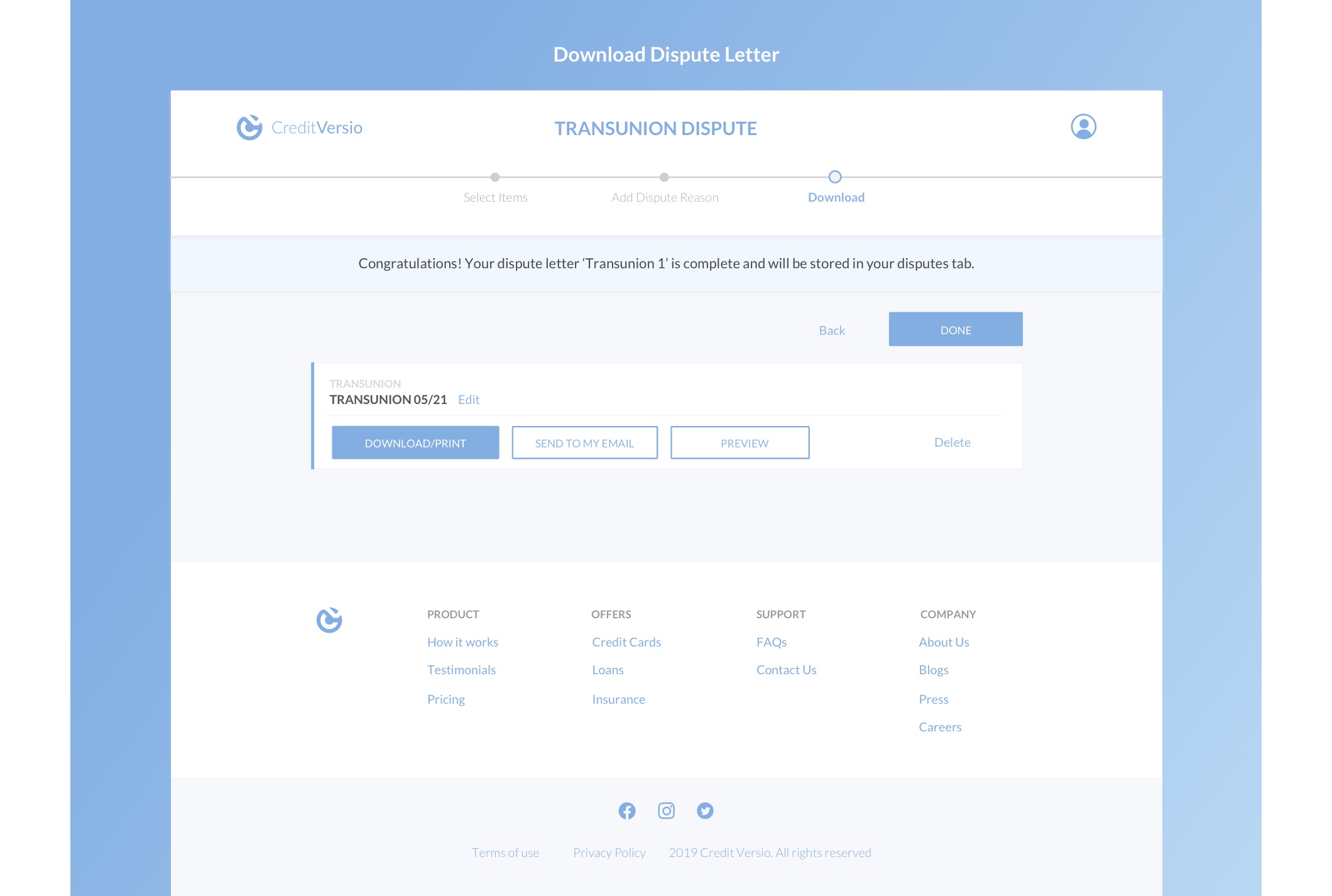
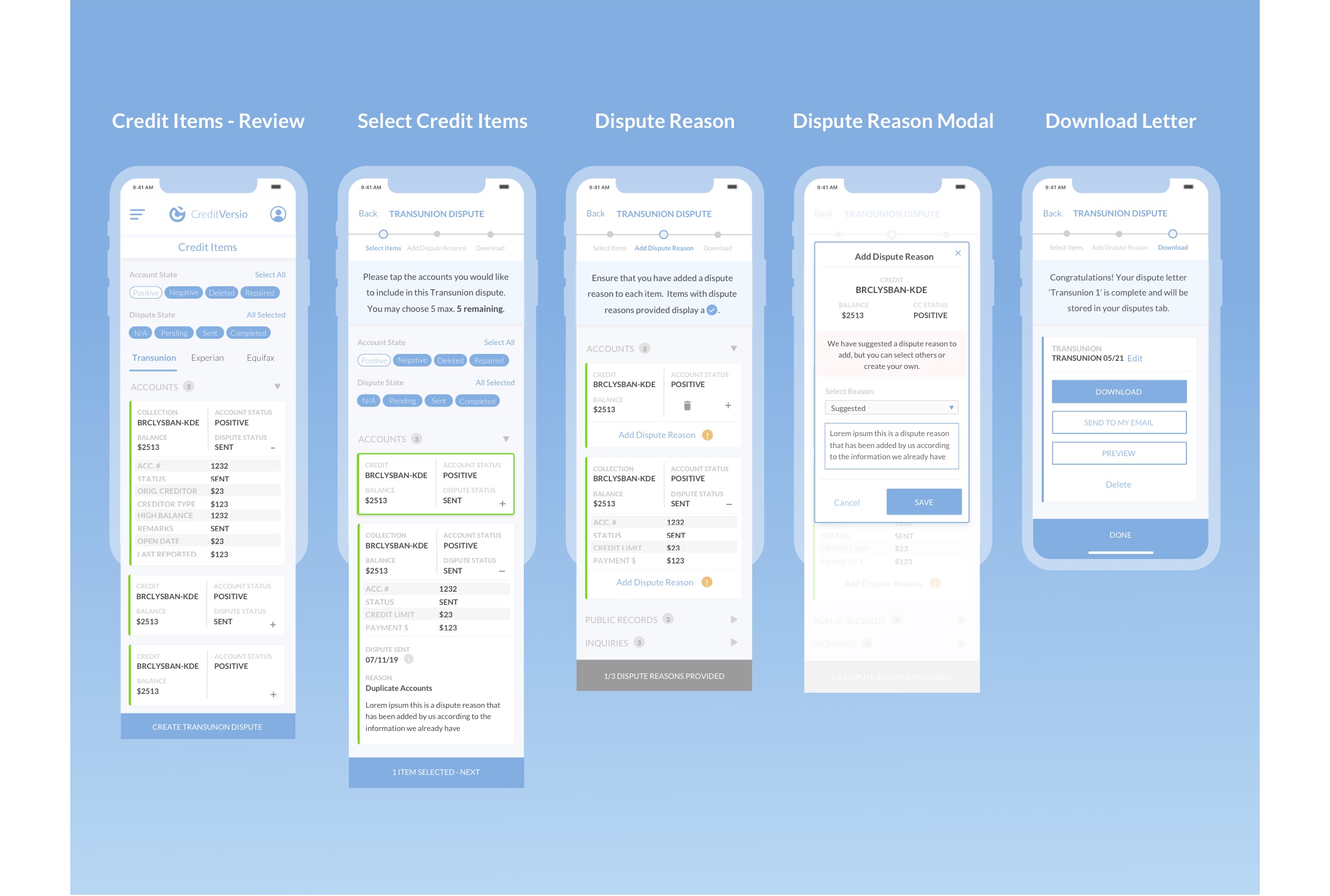
CREDIT MONITORING DASHBOARD
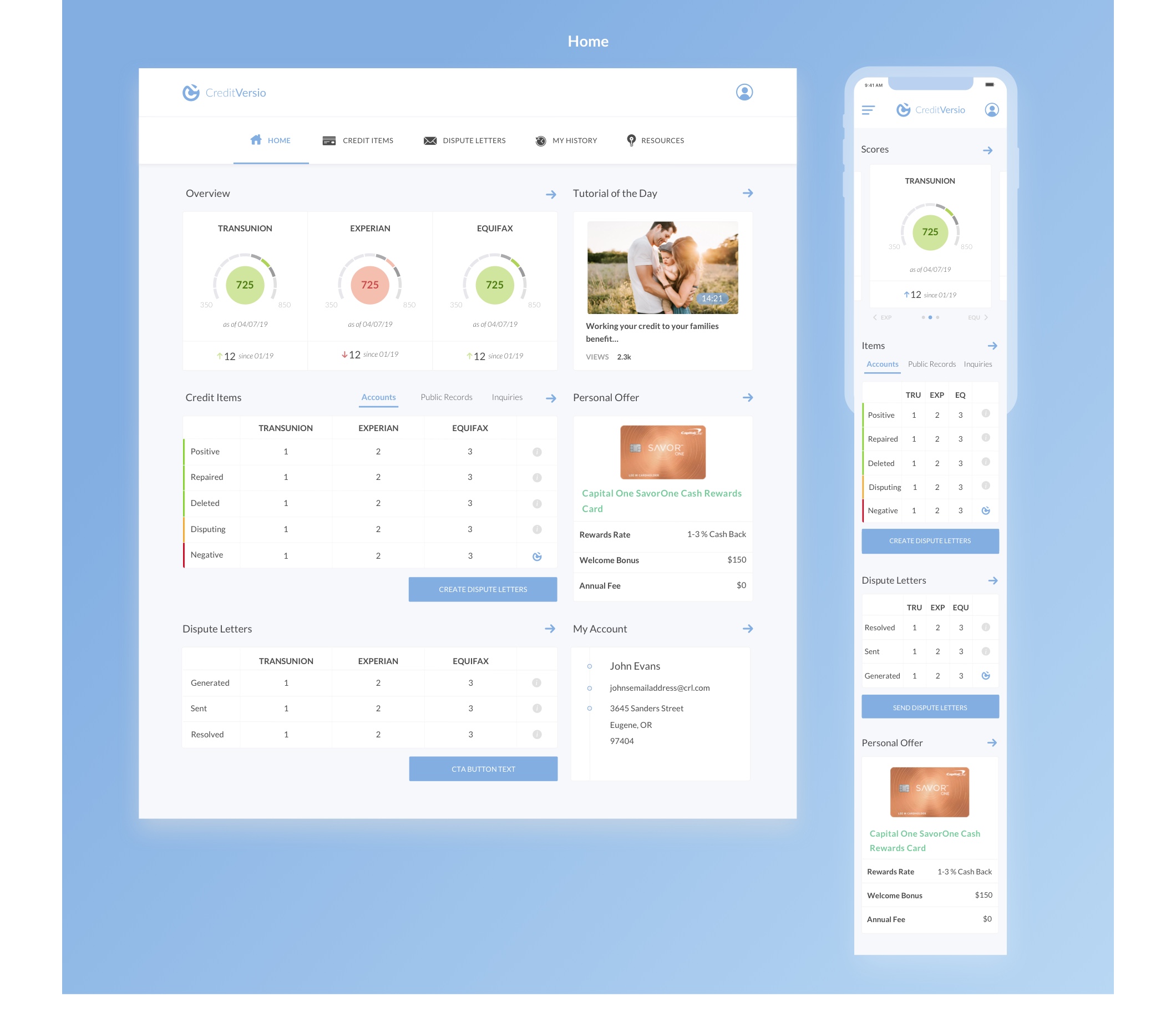
What's up next?
Credit Versio was shipped in February 2020 and the reception of our users has been great. Within 3 months of release more than 10,000 people were actively using it to improve their credit. At time of writing we have 120,000 users.
There are, however, still kinks to iron out! The onboarding left a little to be desired and after a period of discovery, development of a Credit Versio checklist for new users, in in progress. Additionally analytics suggest a streamlining of the Credit dashboard might further improve the user experience.
Next Up...